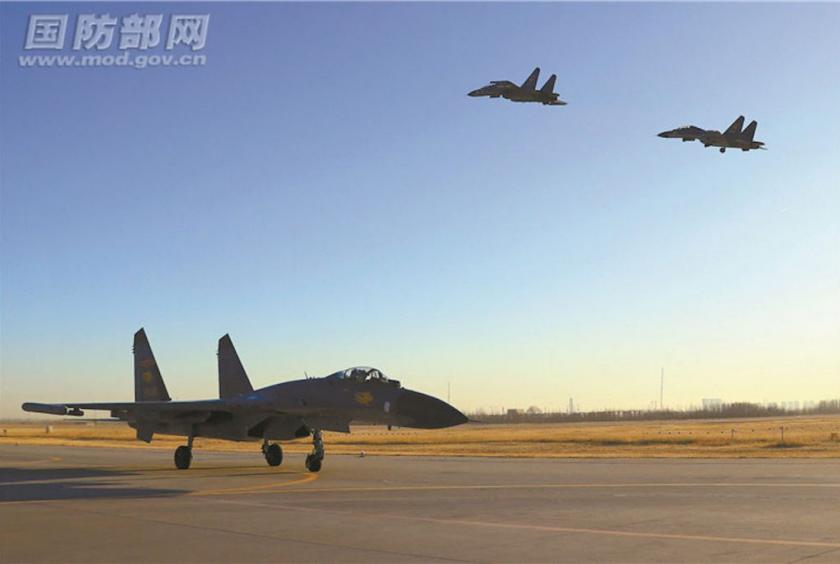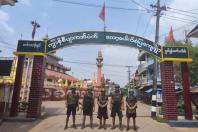TAIPEI (CNA for China Post/ANN) – China’s decision to send fighter jets cross the median line of the Taiwan Strait on Sunday was intended to show Beijing’s dissatisfaction over warming Taiwan-U.S. relations, according to a Taiwanese military expert.
The incursion, in which two J-11 fighter planes from China’s People’s Liberation Army crossed the median line and entered Taiwan’s airspace at 11 a.m. Sunday, was a rare move that violated a long-held tacit agreement between the two sides.
Military sources told CNA that it was the first time since 1999 that the Chinese military had intentionally crossed the median line of the waterway that separates Taiwan and China.
Chieh Chung (揭仲), a senior assistant research fellow at the National Policy Foundation, a Taiwan-based think tank affiliated with the opposition Kuomintang (KMT), told CNA on Monday that the operation reflected Beijing’s concern over more robust U.S. support for Taiwan.
The U.S. will soon agree to Taiwan’s request to buy more than 60 F-16s, according to foreign media, which would be the first U.S. sale of new aircraft since 1992.
In addition, the two countries are holding a series of events this year in Taipei and Washington to mark the 40th anniversary of the Taiwan Relations Act (TRA), which serves as the basis of unofficial relations between Taiwan and the U.S.
Chieh said these examples of warming ties have angered China and it responded by sending fighter jets over the median line, contravening the long-held understanding on the issue.
“It was meant to draw a bottom line, to tell the U.S. not to ever cross it again,” he said.
A similar maneuver last occurred in 1999 when former President Lee Teng-hui (李登輝) commented that Taiwan and China have a “special state-to-state” relationship.
That also angered Beijing, which later held exercises in the Taiwan Strait and sent military aircraft across the median line, according to Chieh.
Lin Ying-yu (林穎佑), an assistant professor with National Chung Cheng University’s Institute of Strategic and International Affairs, said the cross-strait median line issue also reflected a shift in the cross-strait military balance.
Lin said Taiwan’s Air Force had full control over the Taiwan Strait for decades, which made it impossible for Chinese jets to cross the line, but that has changed as China has gained the upper hand in the cross-strait military balance, he said.
The concept of the median line was created in 1955 by General Benjamin O. Davis Jr., commander of the 13th Air Force, then based in Taipei, according to Chen Wei-hao (陳維浩), editor-in-chief of the Chinese-language Military Link Magazine.
Since then, he said, it has been very dangerous for Chinese aircraft to cross the line because it would put them at a serious disadvantage as they would be targeted by Taiwanese fighters and radar. Such intrusions, therefore, rarely occurred.
Previous intrusions only lasted briefly and mainly occurred due to poor weather conditions, and on such occasions Chinese jets often returned to their side of the strait immediately after been warned by their Taiwanese counterparts, Chen said.
Sunday’s incident did not fall into that category, however, and was a clear provocation, Chen said.
Chinese aircraft returned to China’s side of the median line Sunday only after receiving multiple radio warnings, Taiwan’s defense ministry said.
Government officials said the intrusion triggered a 12-minute standoff between Taiwanese and Chinese warplanes when the latter flew 43 nautical miles into Taiwan’s airspace, despite repeated warnings.










